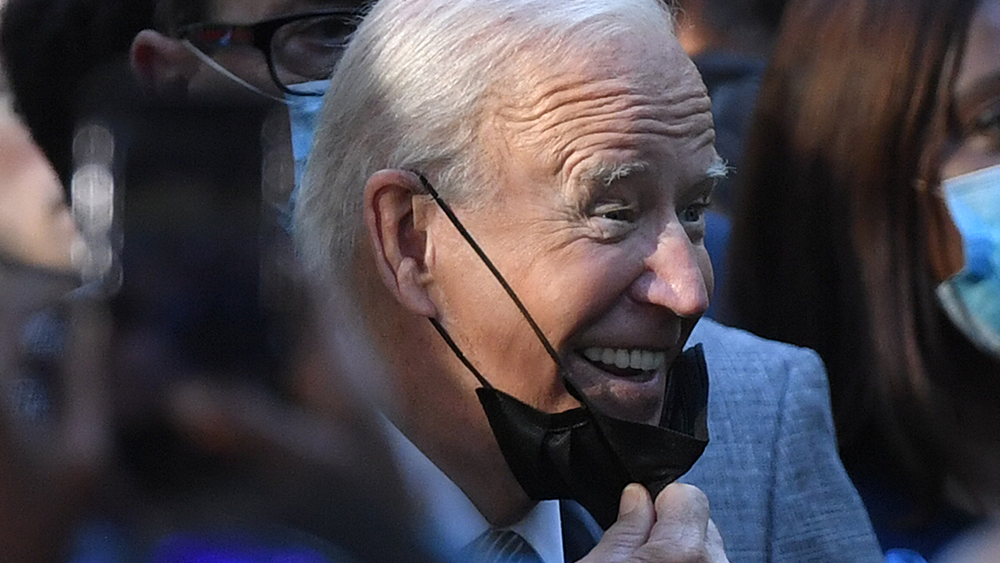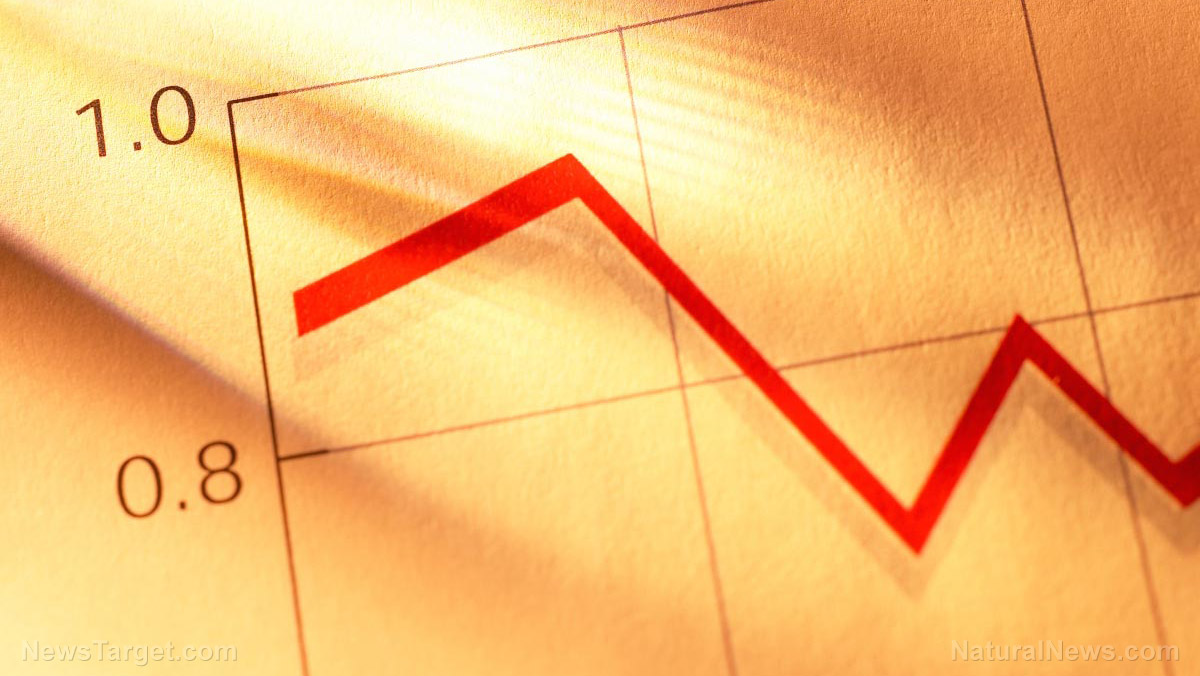Supply chain issues, soaring food prices wreak havoc on US economy #EmptyShelvesJoe
10/14/2021 / By Arsenio Toledo

Food prices in the United States have skyrocketed to their highest levels in a decade as compounding supply chain issues continue to wreak havoc on businesses everywhere.
This is according to the United Nations’ Food and Agriculture Organization (FAO), which releases a monthly Food Price Index (FFPI) that measures “the monthly change in international prices of a basket of food commodities.”
According to the FFPI, food prices rose by 1.5 points from August to September, with an average of 130 points in September. The index also pointed out that food prices rose by 32.1 points – or 32.8 percent – compared to the same time last year.
This is the highest the FFPI has been since 2011, when it rose to 131.9 points.
Among the commodities that the FFPI is keeping track of, vegetable oil saw the highest increase at 60 percent compared to the same month the previous year. This is followed by cereal, which saw its price rise by 27.3 percent from the same month last year.
The Department of Labor’s Bureau of Labor Statistics reported on Wednesday, Oct. 13, that meat prices also rose by 3.3 percent in September. Last month’s price of meat also represents a full 12.6 percent increase compared to the same time last year. (Related: Food inflation in Biden’s economy will continue to rise into the foreseeable future as supply chain collapse worsens.)
According to the Labor Department’s Consumer Price Index, grocery prices rose 0.4 percent in September after climbing 0.3 percent in August. Food prices rose by 0.9 percent last month after increasing by another 0.4 percent in the previous month. This is the largest rise in food prices since April 2020.
Supply chain bottlenecks main culprit for inflation
A lot of the country’s inflation issues can be traced to companies being forced to increase consumer prices due to supply shortages eating away at their profit margins.
Food prices are likely to continue rising without proper intervention. The supply chain bottlenecks have already begun affecting other consumer goods. The prices of everything from gasoline to electricity and even rent have also increased.
Some of the problems can be traced back to labor shortages affecting ports all over the country. This has the effect of many cargo containers carrying valuable goods and materials not being unloaded on time.
In response to this, President Joe Biden on Wednesday announced that the Port of Los Angeles, following the lead of the Port of Long Beach, will start operating 24 hours a day to ease congestion. The ports at Los Angeles and Long Beach are the two largest on the continent. The Port of Los Angeles alone handles as much as 20 percent of all cargo entering the United States.
This decision was followed by retailers like Walmart and shipping companies like FedEx and UPS agreeing to move goods 24 hours a day and seven days a week.
The Federal Reserve has also called the current inflation run “transitory” and said that the supply chain and demand issues will most likely subside within the next few months.
Sung Won Sohn, a professor of finance and economics at Loyola Marymount University in Los Angeles and an expert on supply chain concerns, doesn’t believe inflation will stabilize quickly.
“Inflation is no longer ‘transitory,'” says Sung. “Supply chain bottlenecks are getting worse. The logjam is unlikely to ease anytime soon despite the latest intervention by the White House.”
Bob Doll, chief investment officer at investment management firm Crossmark Global Investments, does not believe inflation is just “transitory.”
“If you know anybody who doesn’t have to live somewhere, doesn’t eat any food and doesn’t use energy, then inflation is maybe not a particular problem,” said Doll. “But come on.”
Other supply chain experts who have foreseen the dire situation have already begun issuing warnings to American consumers to prepare for severe shortages and rapid price increases ahead of the holiday shopping seasons.
They warn that large and small businesses alike will most likely continue experiencing goods and labor shortages and other supply chain issues that will dig into their profit margins.
Learn more about how the supply chain crisis is affecting consumer goods prices, including the price of food items, by reading the latest articles at MarketCrash.news.
Sources include:
Tagged Under: big government, Bubble, crisis, economic crash, economic crisis, economics, economy, food costs, food prices, food supply, Inflation, inflation crisis, market crash, supply chain, supply chain crisis
RECENT NEWS & ARTICLES
COPYRIGHT © 2017 MARKET CRASH NEWS

















